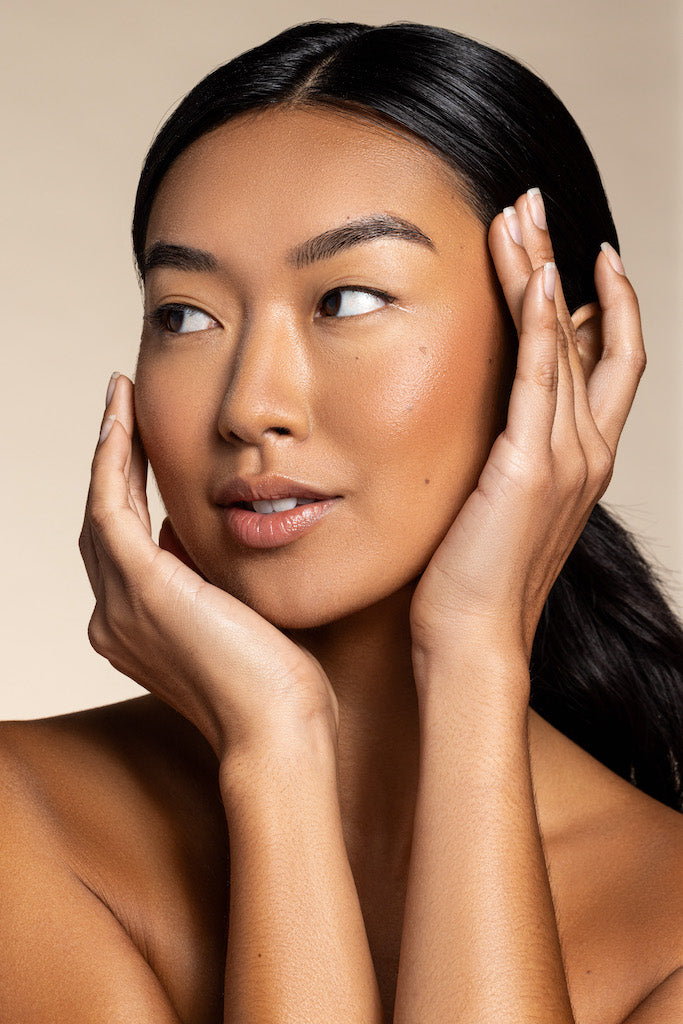Whether you’re intent on developing a career skill, improving upon your physical health, or making time for something that feeds your soul, forming a habit is a pivotal life skill. When you know how to do this and make it stick, it can make embracing any change for the better that much easier. Many people say that the journey to well-being is paved with daily routines, and we couldn’t agree more. The early bird gets the worm, and those who are good at forming habits take the cake. Still, what’s a person to do if this proves difficult? Well, we’re going to walk you through it. Here’s our guide to forming a habit and a few ideas for habits you might want to give a try.
How to Form a Habit
First off, we want to be sure that this truth is communicated: forming a habit is quite a personal process. Be patient with yourself. Understand that each person’s way of thinking is unique. That means that the things that you find motivating or rewarding—key factors in forming lasting habits—will be somewhat individual. That being said, here are a few insights into the psychological elements of forming a habit.
The Habit Loop
Everyone who has successfully built a new routine knows that time and repetition are the two main components. This is precisely what plays into Dr. Ann Graybiel’s concept of The Habit Loop. Graybiel led an MIT research team in the 1990s that examined how behavioral triggers and positive reinforcement influence habit forming. Their conclusion was, in essence, that forming a habit relies on time and repetition. Eventually, these lead to that habit triggering autopilot in the brain. When do you know you’ve successfully formed a habit? When it feels like second nature! That is what Graybiel’s research confirmed.
Her findings outline “The Habit Loop,” which is the neurological process by which Graybiel recognized our habit-forming works. This loop is Cue > Routine > Reward … and repeat!
The Habit Loop in Action
Let’s dig into the details of what each part of The Habit Loop means. We’ll use a goal that is common among our customers as an example!
Cue refers to the reminder you give your brain, and it should be consistent. Say you want to start taking SkinCapsule BRIGHTEN+ on a daily basis, in an effort to reduce the appearance of age and sun spots while prepping your skin to glow for the spring and summer. An example of a cue you could use in forming a habit to take BRIGHTEN+ each day is a timer that goes off precisely when you’ll consume it. If the idea of setting another timer/phone reminder stresses you out, consider gentler cues. Maybe you could set the bottle next to your coffee maker, so that you take it each morning with your cup of joe?
Next up is routine. This one needs very little explanation! Do the above with repetition, and it becomes a part of your routine. Win!
Reward is arguably the trickiest part. Research from Graybiel and other experts has proven time and again that willpower only gets us so far. We need to tell our brains that there is a feel-good reason for engaging in our habit each day. This is where a lot of trial and error might come in, because what feels rewarding to one person might not hit the same for another. In this example, the reward might be that you experience a sense of pride for investing daily time and thought into your skincare goals. But for some of us, that feeling won’t be enough—and that is okay! Just embrace what truly rewards you. Other incentives could include purchasing a new blush to complement your healthy complexion or even enjoying a treat you wouldn’t normally eat every week that you take your supplement all seven days. Figure out what drives your brain and complete The Habit Loop your way.
Ideas of Habits to Work Toward
Most of us have a habit (or two) that we’ve been wanting to stick to for a while. But if you are looking for a few ideas, we’d like to offer our daily wellness favorites!
- Drink more water.
- Go to bed early enough to get a full eight hours of sleep.
- Take your supplements.
- Spend 10 minutes in the sunshine.
- Read a chapter of your current book.
- Limit screen time to 30 minutes.
- Ensure you consume your daily protein.
- Do at least a 30-minute workout.
- Make your bed in the morning.
- Go for a walk.
- Complete your full skincare routine.
- Carve out time for meditation.
Of course, those are only a few of the possibilities. Think of anything you’ve wanted to do and consider forming a habit around that goal!
We hope this post inspires you to discover wonderful new routines and the secrets to enjoying—rather than dreading—the act of making something a good habit.


